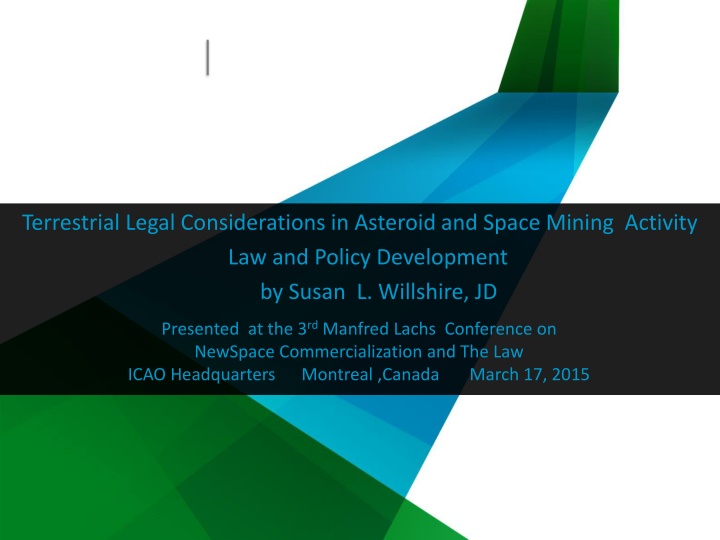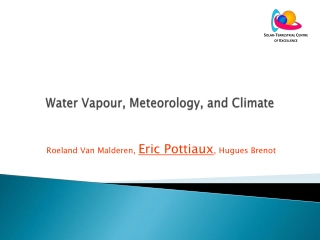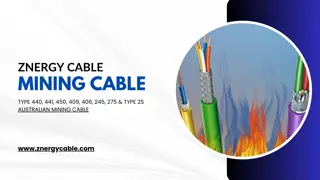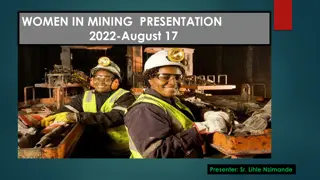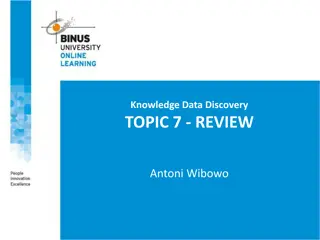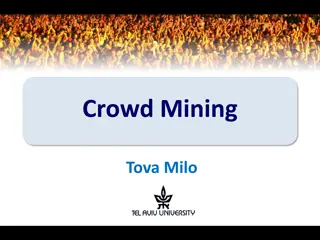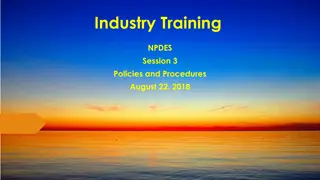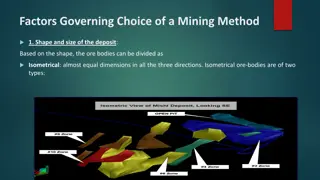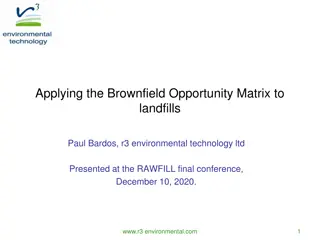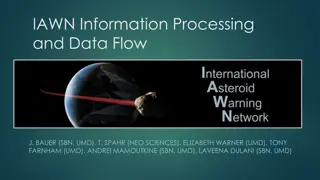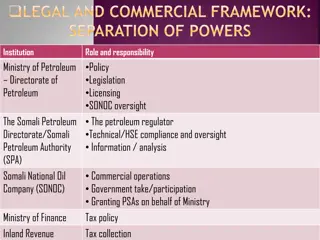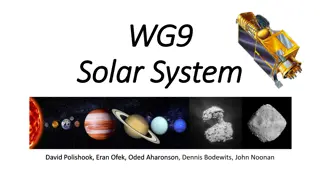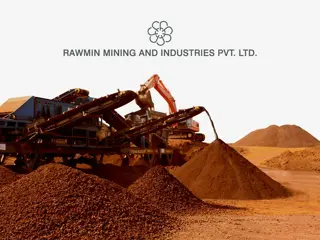Terrestrial Legal Considerations in Asteroid Mining
Legal regime implications for commercial space activities, gaps in the Asteroid Act, and potential sources of terrestrial law to address emerging needs in space mining and exploration. Explore parallels with existing laws such as Law of the Sea and terrestrial regulations.
Download Presentation

Please find below an Image/Link to download the presentation.
The content on the website is provided AS IS for your information and personal use only. It may not be sold, licensed, or shared on other websites without obtaining consent from the author.If you encounter any issues during the download, it is possible that the publisher has removed the file from their server.
You are allowed to download the files provided on this website for personal or commercial use, subject to the condition that they are used lawfully. All files are the property of their respective owners.
The content on the website is provided AS IS for your information and personal use only. It may not be sold, licensed, or shared on other websites without obtaining consent from the author.
E N D
Presentation Transcript
Terrestrial Legal Considerations in Asteroid and Space Mining Activity Law and Policy Development by Susan L. Willshire, JD Presented at the 3rdManfred Lachs Conference on NewSpace Commercialization and The Law ICAO Headquarters Montreal ,Canada March 17, 2015
Overview I. THE ASTEROID ACT: A STEP FORWARD II. THE SEARCH FOR GUIDING PRINCIPLES III. TERRESTRIAL LEGAL CONSIDERATIONS WITH PARALLELS TO SPACE IV. RECOMMENDATIONS
Abstract As commercial enterprise seeks to move into space through various modes of commerce such as space tourism, space mining, and future space settlement, it is well-established that the legal regime is currently insufficient to accommodate the needs of emerging commercial efforts. In an effort to keep up, the United States recently proposed the Asteroid Act. This article shall further explore the gaps within the Asteroid Act, and examine sources of terrestrial law which may serve to fill those gaps, and other future needs. These include, but are not limited to Law of the Sea, terrestrial mining, oil and gas laws, and the laws governing Antarctica.
The Asteroids Act: A Step Forward H.R. 5063, the ASTEROIDS Act American Space Technology for Exploring Resource Opportunities in Deep Space From the Act: This section directs the President to coordinate appropriate agencies to promote the development of a commercial asteroid industry, within the context of U.S. treaties. Specifically, it directs the President, through the FAA and other appropriate Federal agencies, to: 1. Facilitate the commercial exploration and utilization of asteroid resources to meet national needs; 2. Discourage government barriers to the development of safe and economically viable industries for exploration and utilization of asteroid resources, consistent with the Nation s international obligations; 3. Promote the right of U.S. commercial entities to conduct these activities free of harmful interference and consistent with the Nation s international obligations; and 4. Develop the frameworks necessary to meet the Nation s international obligations. Hearing held September 10,2014, which provided immediate commentary, but also generated much external feedback. 4
The Search for Guiding Principles An unprecedented enterprise The ASTEROIDS Act intent is to be a start Private sector asteroid resource exploration and coordinate appropriate agencies utilization is an unprecedented enterprise - Dr. Joanne develop the frameworks necessary Gabrynowicz, hearing testimony. Brevity of the Act was acknowledged by numerous critics, cited as insufficient to regulate. Potential sources of law from which guiding principles may be gleaned for this novel environment UN Convention of the Law of the Sea Mining Act of 1872 Article 2 of the Outer Space Treaty Other precedents in the oil and gas industry , Antarctica and exploration.
Parallels to consider particularly: Infrastructure/ Mechanism for Oversight Unique Physical Attributes Right of access, control exploitation Phase 3 Islands UNCLOS The Authority Installations Assembly Increasing Complexity Structures Council Relation to property rights Archipelagic States Secretariat UNCLOS has set structure Former high seas doctrine Protection of research The Enterprise: a Coastal was proving inadequate Environmentally sensitive separate Territorial Threatened to transform areas/conservation operational arm EEZ (Exclusive the oceans into another Impacts to a wider Centralized monetary Economic Zone) arena for conflict and ecosystem authority High seas instability Indirect impacts Market control Right to Disputes on the rise- Capable of human Registration requirements participate for Pioneering Investors habitation or its own Dispute resolution inland New situations where economic life Common Heritage of Mankind PHASE 4 Seabed Disputes Chamber existing legislation was PHASE 2 PHASE 3 Rich mineral deposits( e.g. unclear e.g. mining polymetallic nodules) 6 6
Recommendations Principles to Adopt Innocent Passage Administrative Oversight Sea Lanes Registration Requirements Freedom of Navigation Maintain legal/scientific subcommittee Freedom of Scientific Research Economic Oversight Demarcations of Territory Equal Opportunity Concept of Tiered Zones Reward for Prospecting Investors Non-Interference Monitoring of Market Conditions Environmental Protection Shared Systemic Costs Due Notice, Maintenance and Removal if Abandoned for Structures Dispute Resolution Mechanisms Space Station/Refueling Depots rules similar to artificial structures Priority based upon chance of success and on investment 7
THANK YOU Please send questions or comments to susan.willshire@mail.mcgill.ca 8
